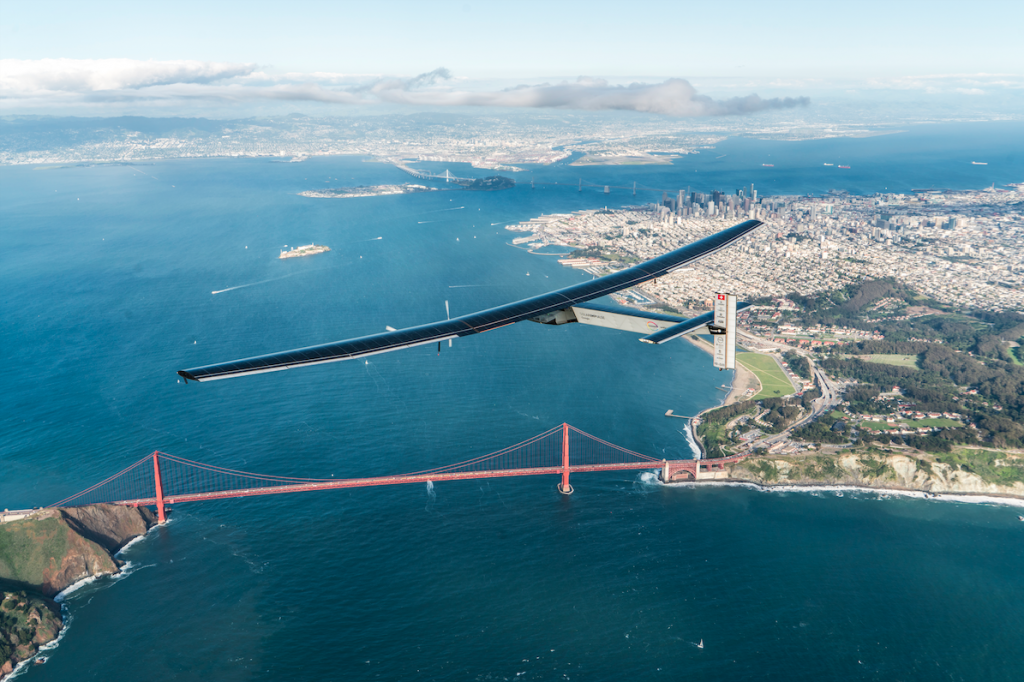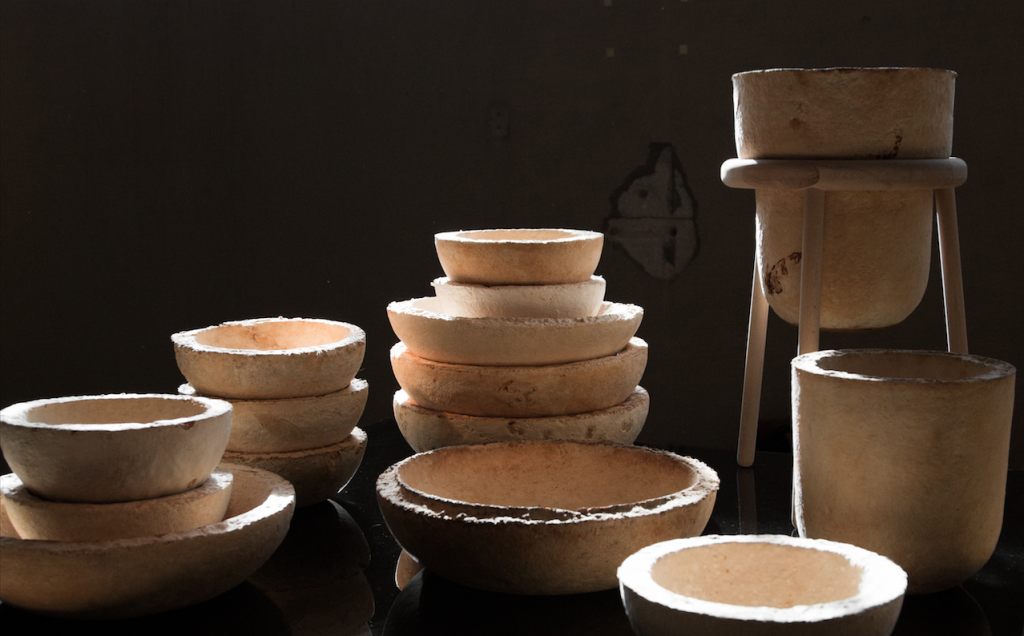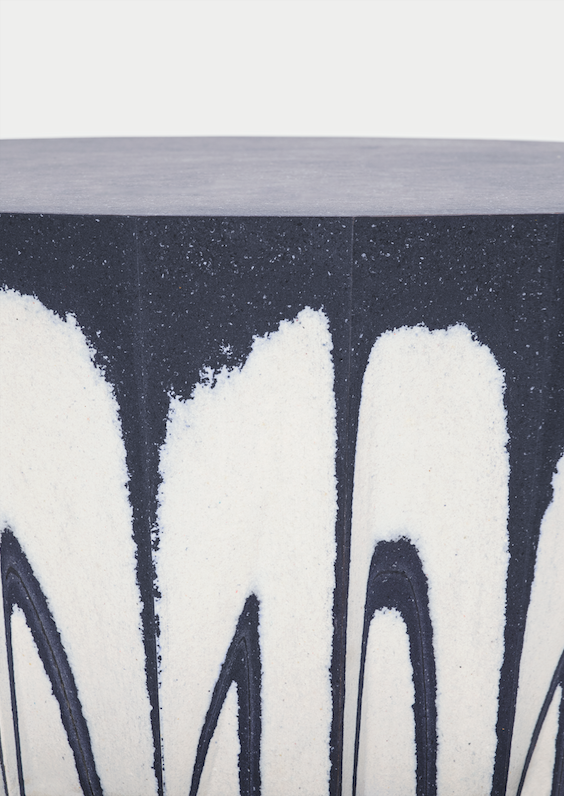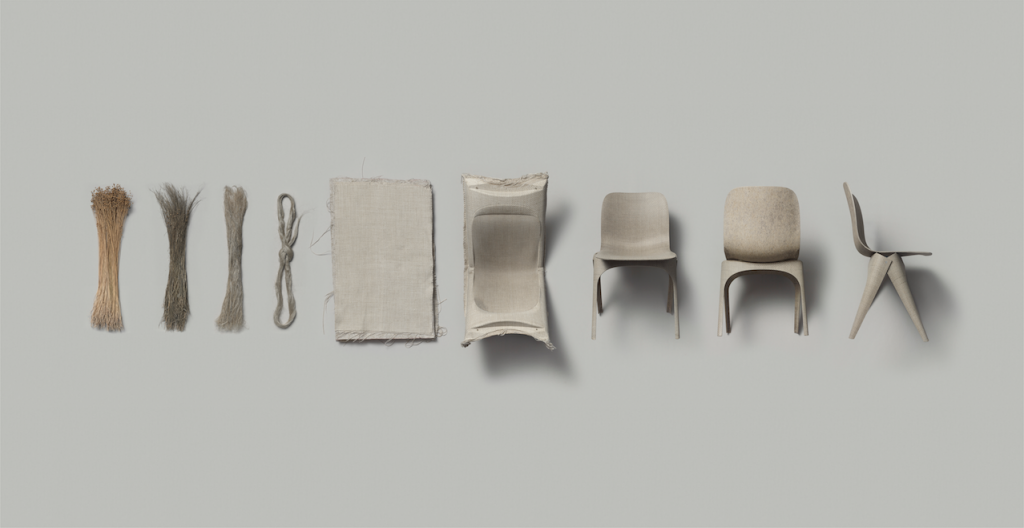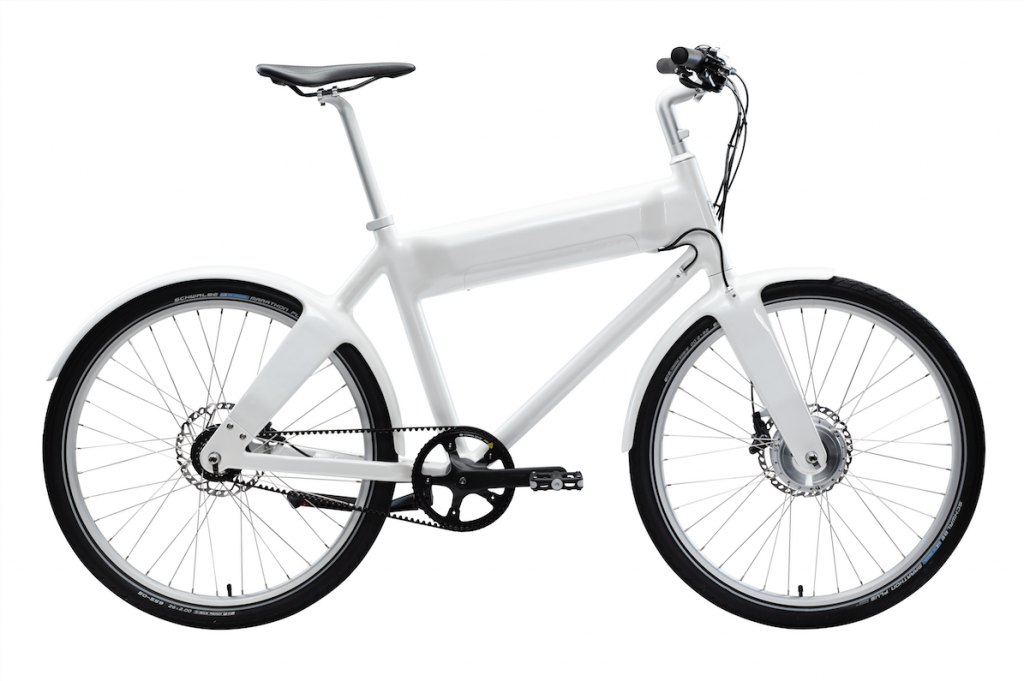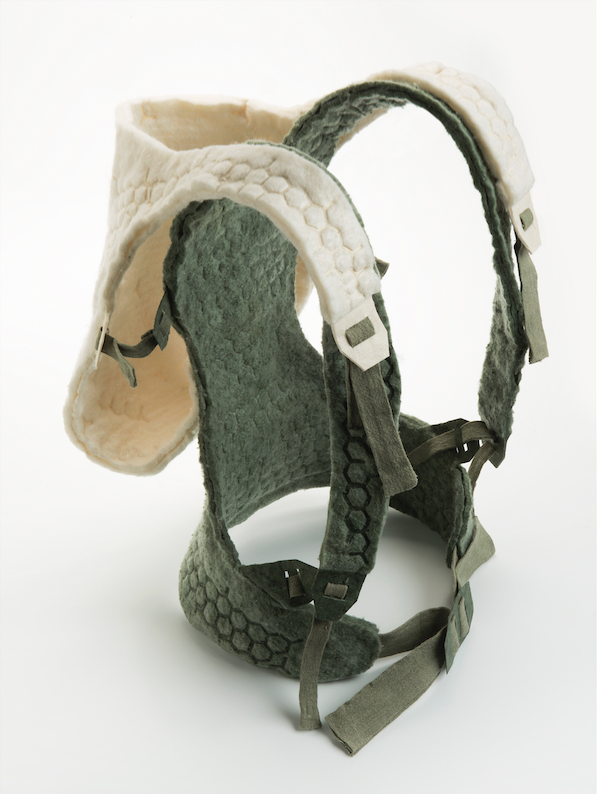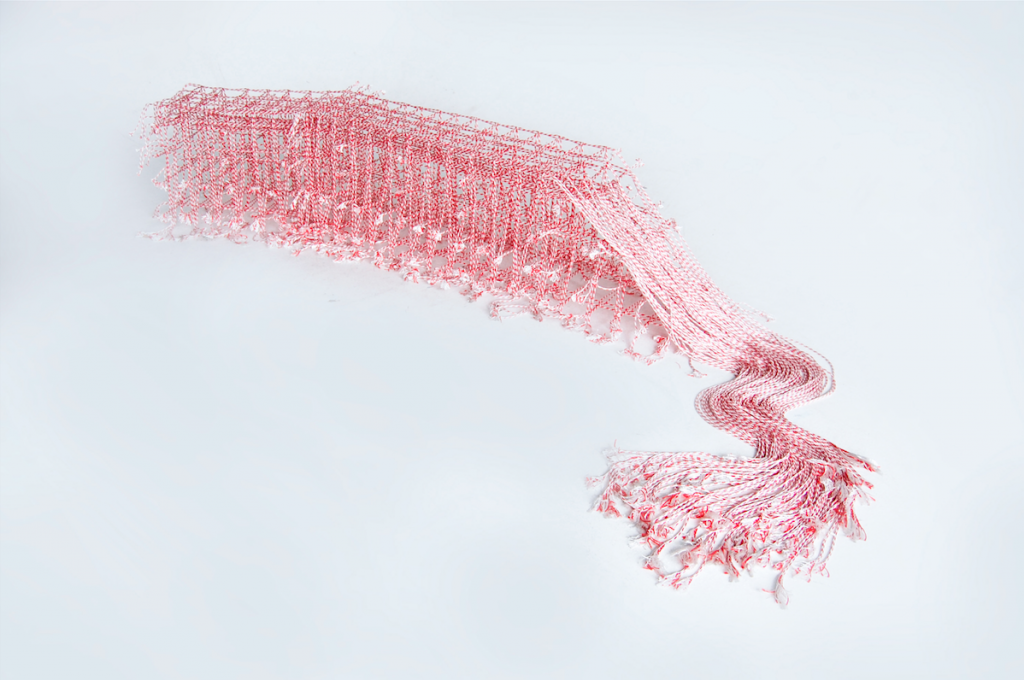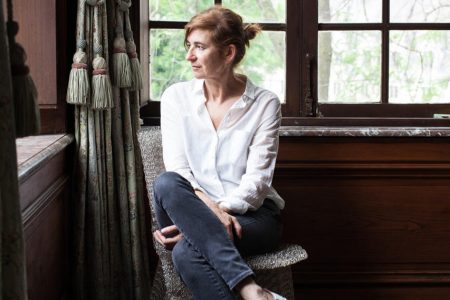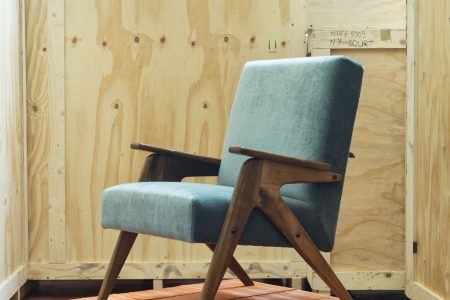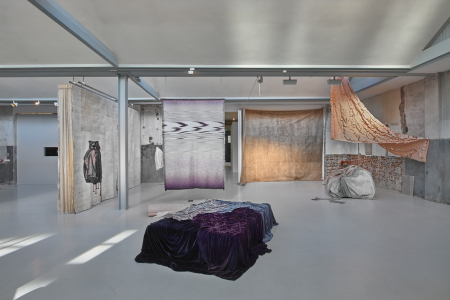Design Museum Gent Asks ‘What Happens When Fibers Fix?’
Harder, better, stronger. The Design Museum Gent explores how designers are working with composites in their exhibition Fibre-Fixed: Composite in Design
Fusing, mixing, amalgamating, blending, combining, conglomerating. These words may bring to mind a scientific lab in which weird and wonderful experiments take place or perhaps a molecular kitchen filled with gadgets and unrecognizable ingredients. However, the exhibition Fibre-Fixed: Composites in Design at the Design Museum Gent suggests that these words can also be associated with a range of designers who have become fascinated with developing new material solutions by working with composites.
Simply put, a composite is a mixture of two or more elements to create something new. The exhibition, created by Dutch design collective envisions, zooms into the world of composites by focusing specifically on materials made from fibers and plastics. Through a selection of objects ranging from a baby carrier to a mobile home the exhibition demonstrates how synthetic materials such as epoxy, polyester or polypropylene can be combined with carbon, glass, flax, hemp or wood fibers and more unusual materials such as seagrass, pine needles, banana peel, artichoke stalks and even fiber-reinforced mycelium to create materials with incredible strength and lightness. For example, carbon fiber is as rigid as steel but weight five times less.
Not only does the exhibition display objects made from composites such as Christien Meindertsma’s, Flax Chair (2016), it also adds another layer in examining how the use of composites can have a positive impact and contribute to sustainable design. The Flax Chair has no waste material as it is molded into its exact shape and there are no off-cuts. It is also made from bio-materials, combining locally grown flax in the Netherlands and polylactic acid (PLA) plastic, and is therefore 100% biodegradable.
Other projects examine the potential that composites give in their property of being extremely lightweight. Biomega’s OKO E-bike which weighs only 18kg is more efficient and eco-friendly to run because of its composite frame; the composite Solar Impulse was the first aircraft to fly around the world fuelled by solar energy; and prosthetic legs that are much lighter and less cumbersome are just some of the objects on display that demonstrate the potential of developing new materials and new applications for them.
The lower floor of the exhibition is set up as a sort of lab where experiment samples are on show alongside videos that allow visitors to engage with the making processes and concepts behind the objects in the exhibition.
Delving into the high-tech specifications of creating materials whilst retaining a sense of imagination, poetry, experimentation and craftsmanship, Fibre-Fixed: Composites in Design demonstrates the potential and exciting steps being made in the world of composites and design.
‘Fibre-Fixed: Composites in Design’ will be on display until April 21
